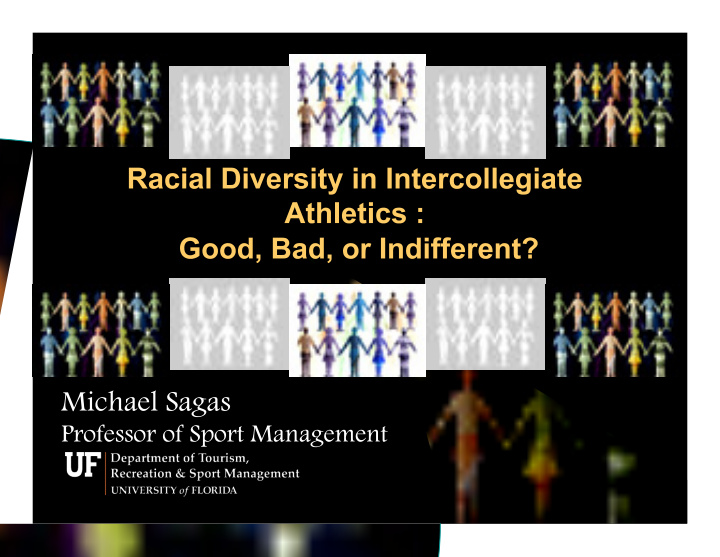



2
3
4
5
6
7
8
9
10
11 Cox (1993); Cox et al. (1991); Hicks-Clarke & Iles (2000); Richard (2000); Williams & O’Reilly (1998)
12
Outcomes - ⇧ Problem Group Processes Acceptance and Information/ - ⇧ Information Solving Integration of Decision Making - ⇧ Creativity use Deep Level - ⇧ Information - ⇧ Cohesion - ⇧ Cognitive Diversity availability - ⇧ Performance processing (Self-Verification - ⇧ Perspectives - ⇧ Innovation Processes) Nested Individual Nested Individual Processes= Organizational Outcomes= Time Relational Structure Relational Communication Demography Demography & Policies Organizational Structure & Policies Organizational/ Group Antecedents Demographics Social Categorization Homosocial Surface Level- Reproduction Visible- sex, age, -Ingroup/Outgroup race, national bias origin, speech Affirmative -Stereotyping Action -Cognitive biases Non-visible- Education, tenure, Discrimination marital status, SES, religion, Political sexual orientation Environments Similarity Attraction Deep Level Ideology Diversity- Communication -Attraction values, -Liking attitudes Context Characteristics
Integrative Model of Categorical Demography in Sport Organizations: The Case of Career Attainment in the Sport Workplace To antecedents Access, Work Environment Institutional, & Experiences Boosters, -Job satisfaction Aversive Treatment Alumni, -Supervisor Discrimination Media Discrimination support -Stress -Work env. -Individual -Social interactions discrimination -Feelings of isolation Social Career Success Individual -Organizational Categorization -Social support Processes discrimination & Attainment -Ingroup/Outgroup Bias Individual -Favoritism/ -Career -Stereotyping -Aversive Career/work Outcomes -Cognitive Biases Impartiality discrimination motivation & satisfaction opportunity -Differential -Preference/ -Promotions -Self-limiting treatment Indifference behavior and -Salary Developmental -Disempowerment Similarity experiences -Level Fairness/ Experiences Attraction -Aspirations Unfairness -Challenging -Stay intentions -Attraction (head coach, -Liking assignments/pos. -Opportunity Prejudice/ assistant coach, -Skill Tolerance development etc) Human & -Career Social Capital -Commitment sponsorship -Network ties -Access to -Demo. Similarity influential people Individual KSA’s -Tie strength -Lost Individual networks -Education opportunities Individual education -Experience -Exposure and Individual background (position -Training visibility played, university graduated from)
15
16
17
18
19
Lower Career Satisfaction Fewer Donations to Athletic Department? Self-Limiting Behavior – Limiting career goals and lowering attitudes because of environment – Discriminating against oneself – Not seeing African-American coaches being treated fairly is discouraging to young athletes 20
21
22
Recommend
More recommend